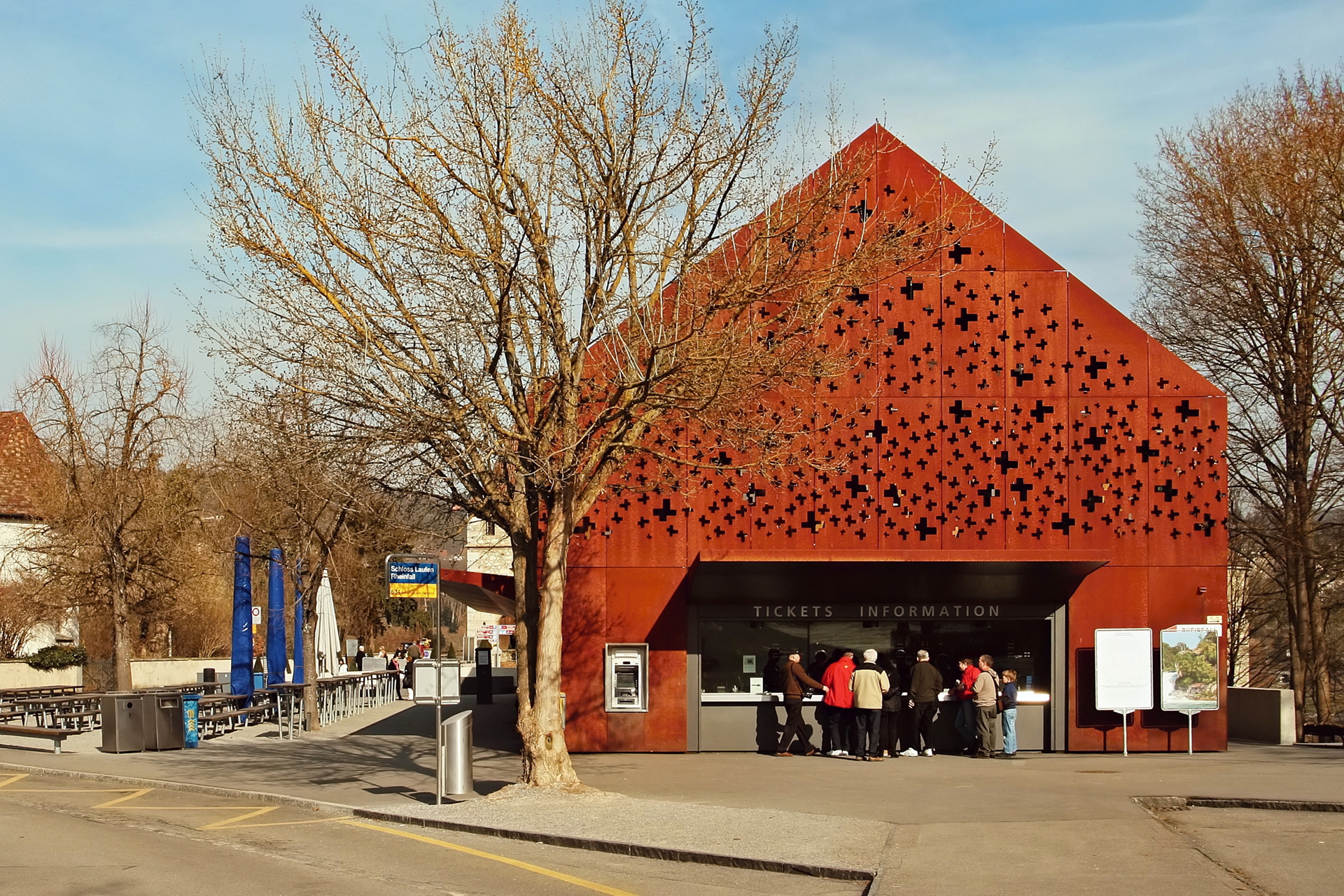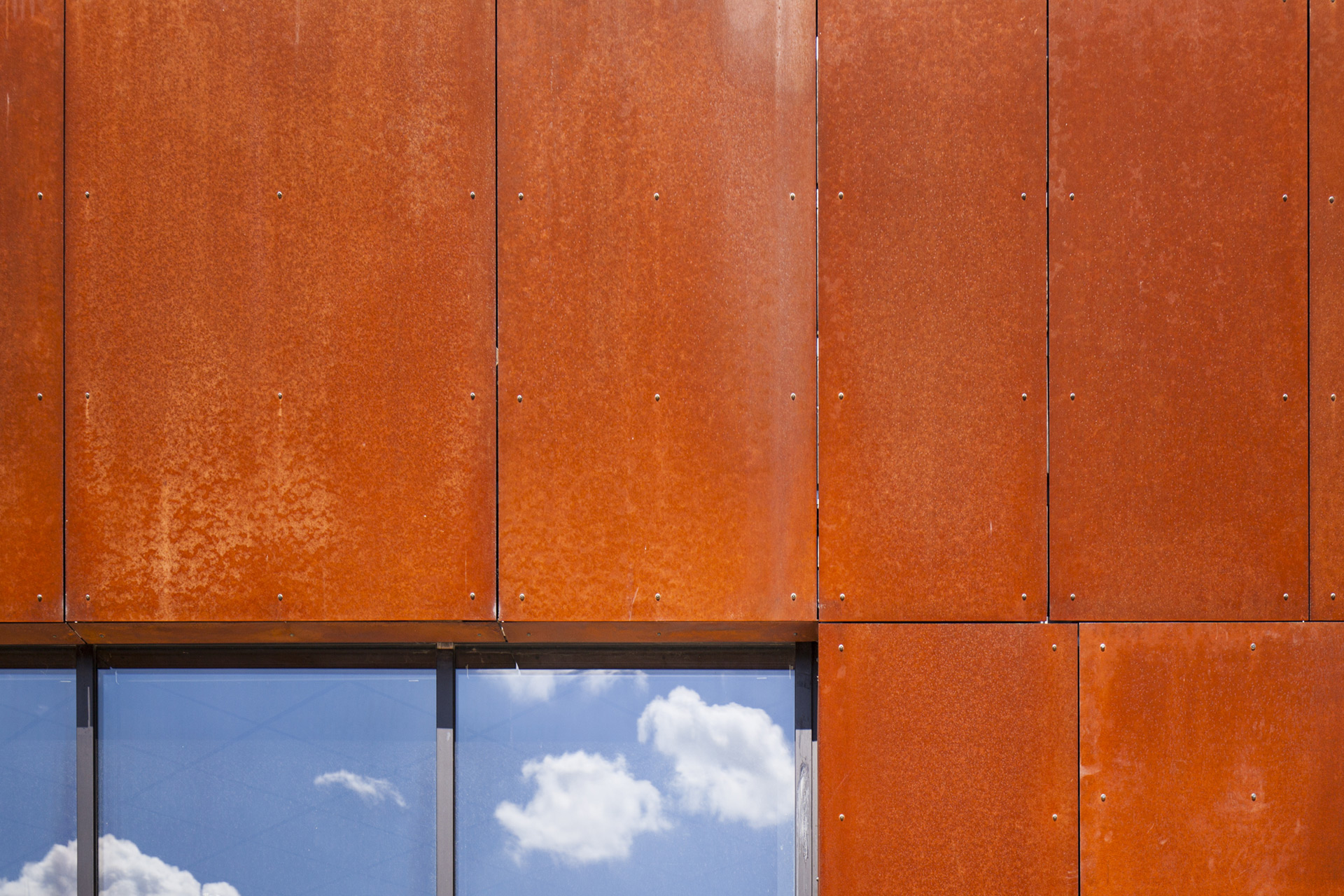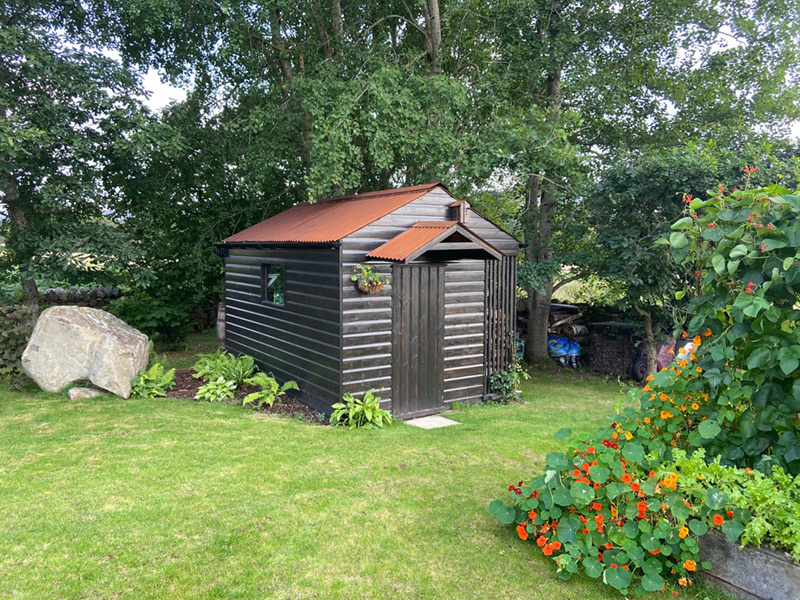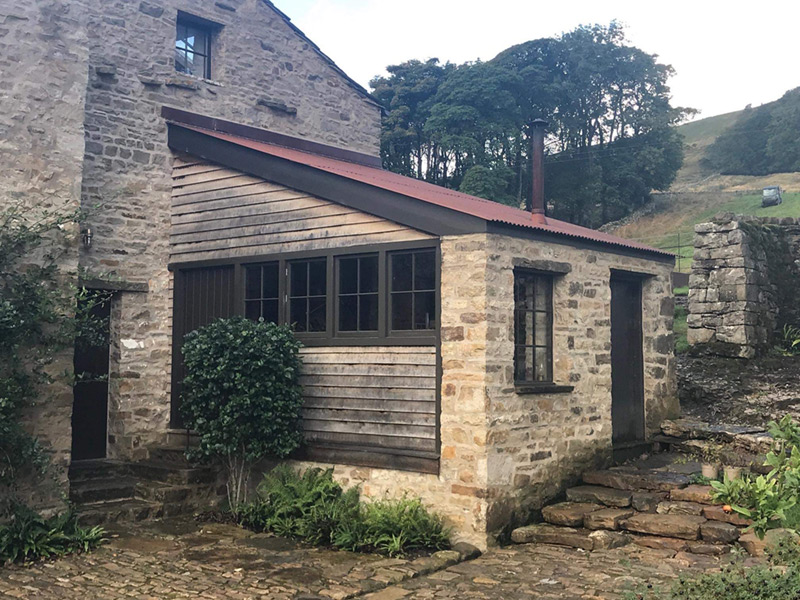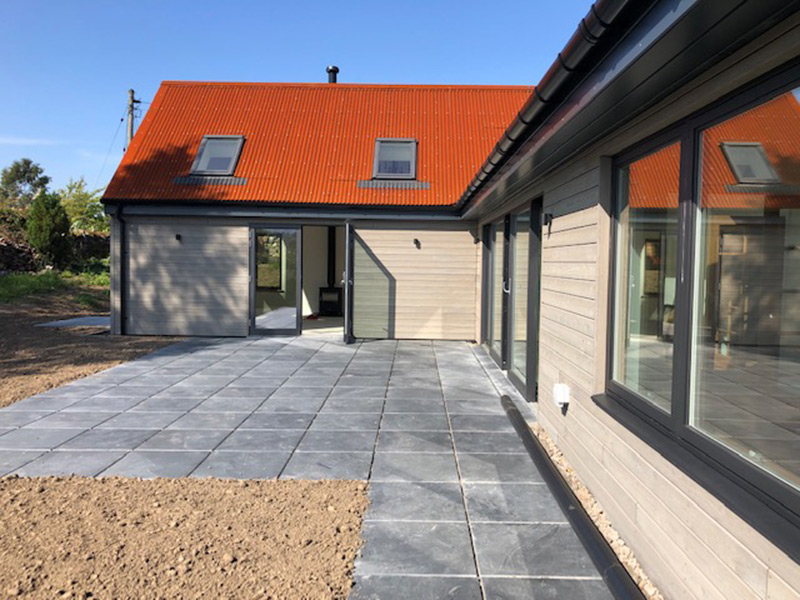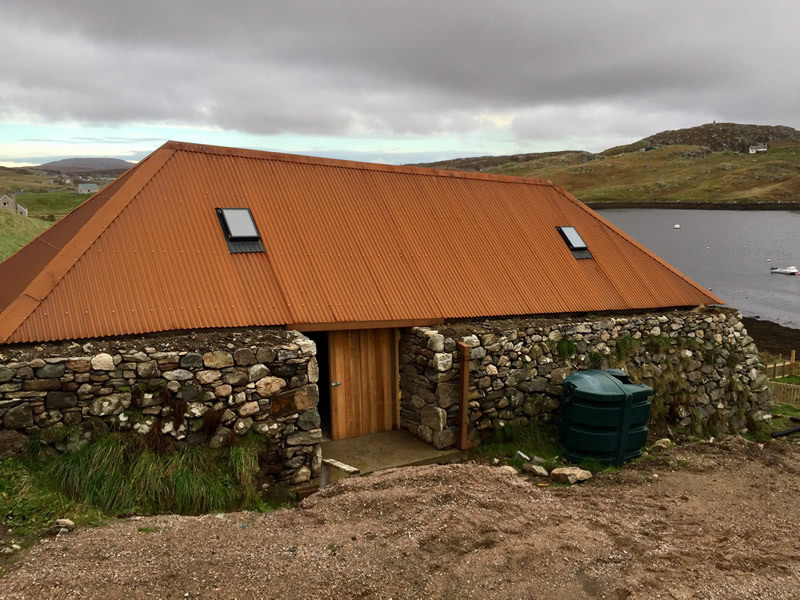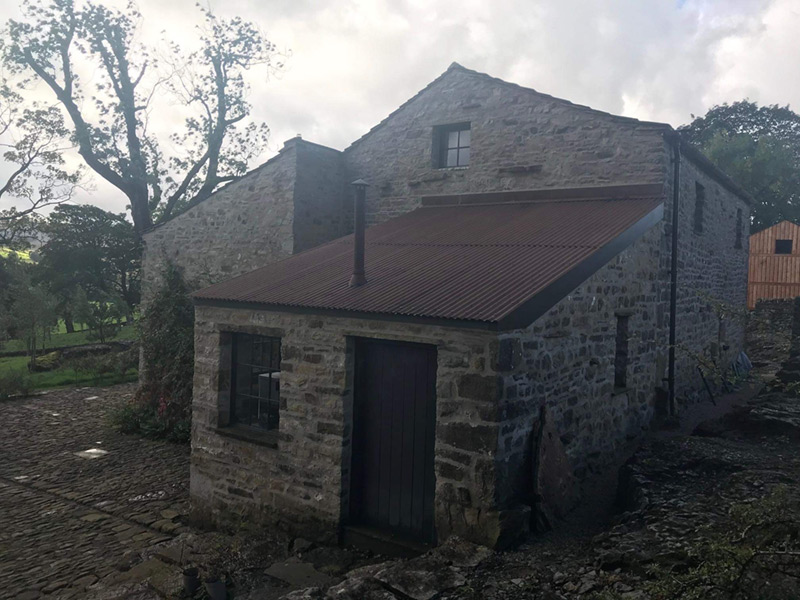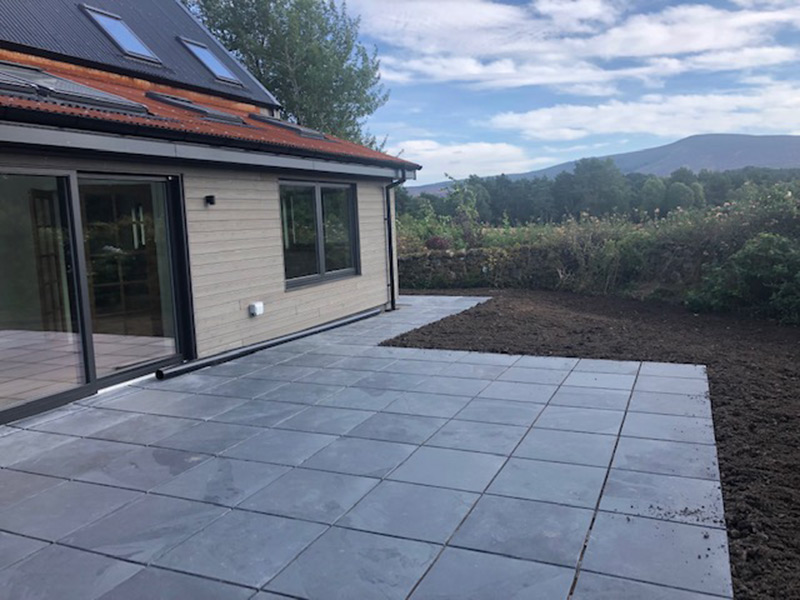COR-TEN® FACT SHEET
COR-TEN® is self-protecting however here are some points to consider prior to installation.

COR-TEN® Steel is a durable, weathering steel that starts out a typical steely gray colour and develops a warm, rust-coloured patina over time. Unlike rust, however, this patina is non-corrosive and doesn't affect the steel's integrity.
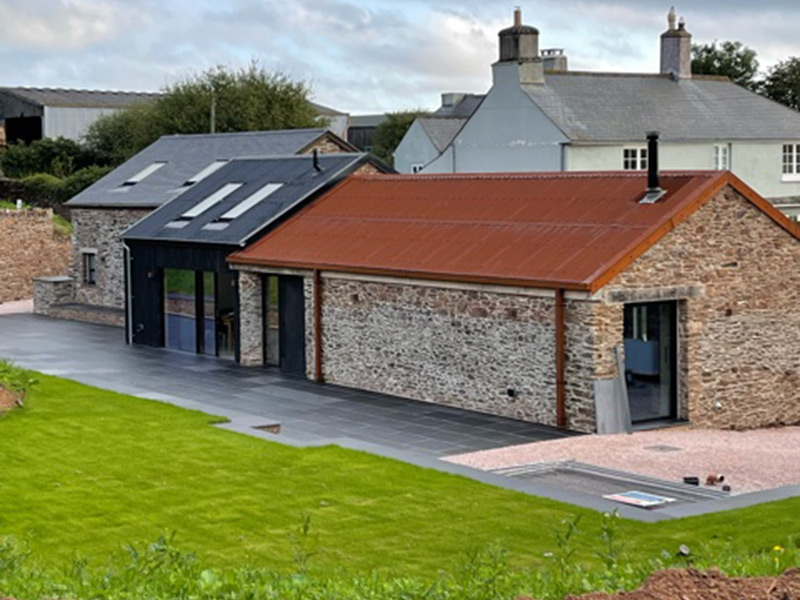
To maintain an even colour it is recommended that water can run freely from the surface.
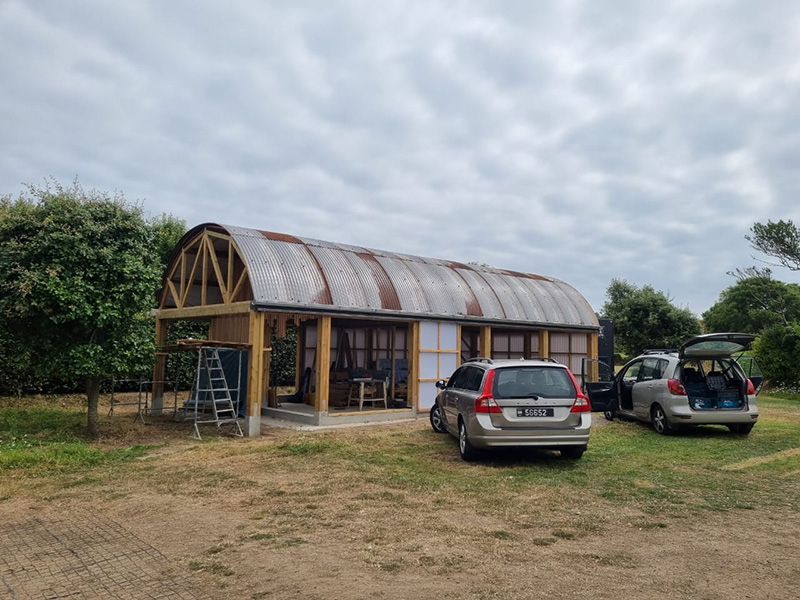
In a sheltered environment your COR-TEN® product may not adopt the intended colour and protective patina. Direct contact with earth, snow or vegetation may also affect the colour and it is therefore not recommended for building foundations. Prolonged contact with wood, copper, chemicals or de-icing salts is not advised.
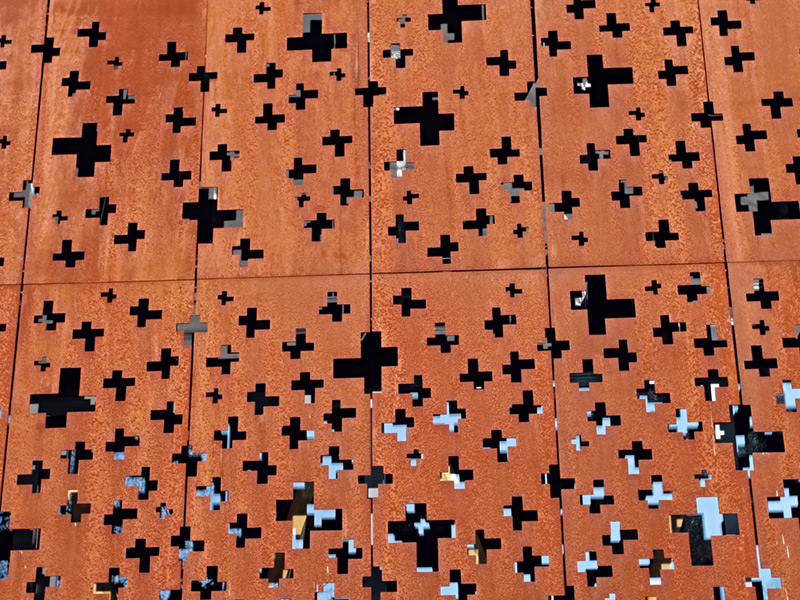
COR-TEN® can be perforated for aesthetic purposes. In these cases, it is possible that run-off from these holes can affect the colour of the patina.
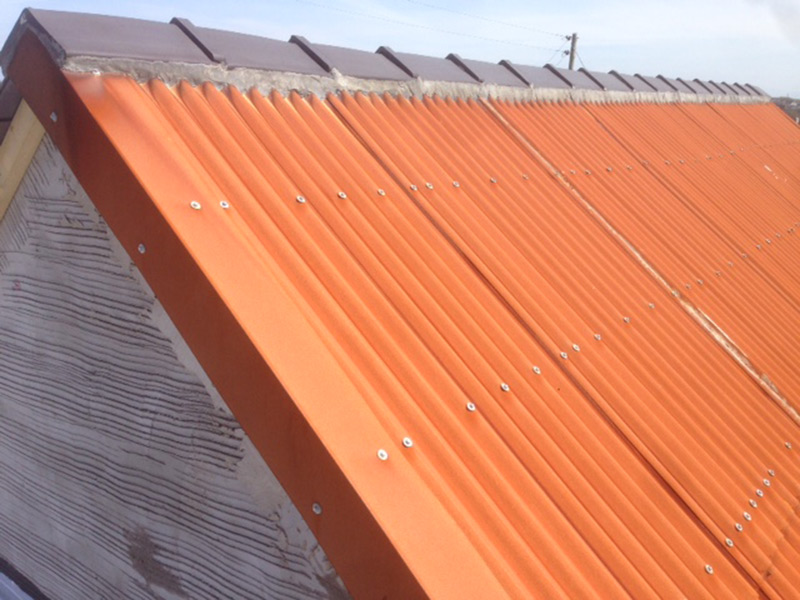
During installation you should ensure a free airflow together with the ability to for the water to run off freely allowing the moisture to escape from the surfaces and back side ventilation space should be full length and 30mm wide. Fitting screws should be acid proof stainless steel and EPDM or neoprene gasket to avoid galvanic corrosion. Upon surface lap joints you should avoid direct contact between steel surfaces and leave a ventilation gap between sheets.
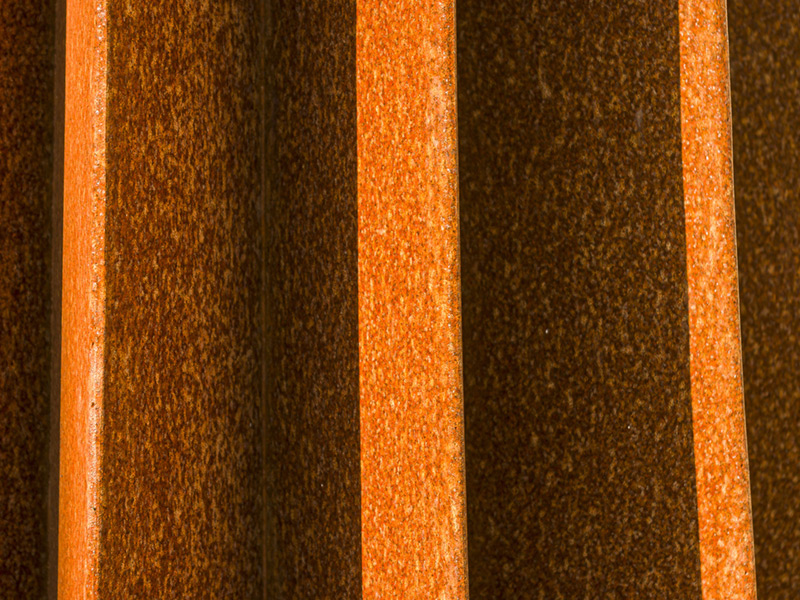
Primarily the steel begins to rust in the same fashion as ordinary steel when exposed to wet and dry conditions. However, as time passes, the rust layer transforms into a patina layer, and the colour changes from fresh, newly developed orange-brown, to light or dark brown. The speed of change and the final colour of the steel depends on the atmospheric conditions of the site and the surrounding air quality. Sulfur dense atmospheres will speed up the oxidation process and result in a darker patina. Frequent cycles of wet and dry conditions will also speed up oxidation.

